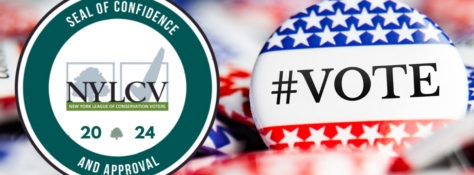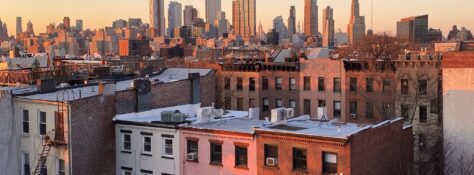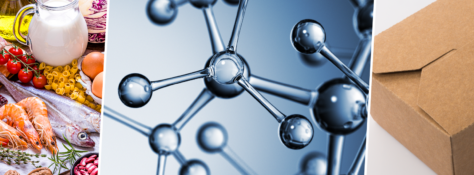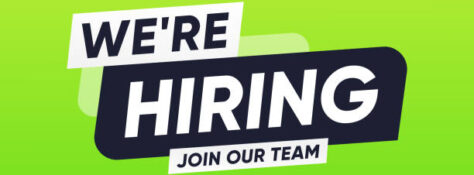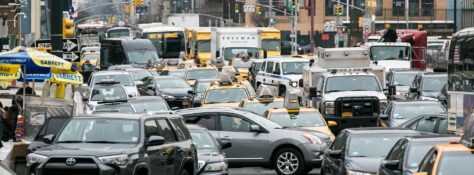The New York League of Conservation Voters (NYLCV) Gives Green is proud to announce its final round of endorsements for the 2024 election cycle. NYLCV Gives Green is backing 14 additional candidates who have demonstrated a strong commitment to addressing climate change and advancing forward-thinking environmental policies. These candidates are running for seats in the U.S. House of Representatives, the New York State Senate, and the New York State Assembly.
“As we near the end of another summer of record-breaking heat and devastating floods, it’s more clear than ever that voters are focused on the urgent need for climate action,” said NYLCV President Julie Tighe. “We are excited to endorse this slate of impressive environmental champions, all of whom are committed to fighting for clean energy, green jobs, and a healthier future. With so much on the line this November, we urge voters to turn out and support our NYLCV-endorsed candidates up and down the ballot.”
With this announcement, the total number of NYLCV-endorsed candidates across New York now stands at 144.
Learn MoreAs New York City enters Climate Week, the NYC City Planning Commission is poised to vote on the City of Yes for Housing Opportunity (COYHO) zoning proposal—a plan designed to address NYC's housing shortage by encouraging a little more housing in every neighborhood, especially housing near mass transit. The New York League of Conservation Voters (NYLCV) strongly supports this proposal, which will not only improve housing accessibility and affordability for New Yorkers but also promises to reduce greenhouse gas (GHG) emissions as we work to curtail the impacts of climate change.
Learn MoreThe New York League of Conservation Voters (NYLCV) has released its 2024 New York State Environmental Scorecard, an annual evaluation of State Legislators based on their support – or lack of support – for environmental legislation.
Learn MorePFAS, also known as per- and polyfluoroalkyl substances, are a group of chemicals that have been used since the 1940s. These chemicals, now linked to serious health problems such as cancer, birth defects and kidney and thyroid disease, can be found in rugs, clothing, cookware, furniture, house paint, personal care items and menstrual items and more.
Learn MoreThe Campaign Manager will be responsible for helping Wind Works New York and NYLCV advance a clean energy future, specifically focused on furthering a successful offshore wind program in New York State.
Learn MoreAs New Yorkers return from summer vacations and commuters flood back into the city after Labor Day, traffic congestion is surging and once again reminding us of the urgent need for congestion pricing, a policy designed to alleviate the traffic chokehold on Manhattan’s streets while improving air quality and funding our public transit system.
Learn MoreNew York State generates a staggering 4 million tons of excess food annually. This surplus, which accounts for roughly 17% of the state’s municipal solid waste stream, often ends up in landfills. There, it decomposes, releasing methane—a greenhouse gas with 25 times the heat-trapping potential of carbon dioxide. Organic waste in landfills is the largest source of methane emissions in New York. The good news is that the state is not without tools to address this. By diverting food waste from landfills, New York’s Food Donation and Food Scraps Recycling Program has not only reduced methane emissions but has also reallocated food to those in need, addressing both climate change and food insecurity. But as we move forward, it’s clear that more must be done.
Learn MoreThe Federal Highway Administration (FHWA) has confirmed that the Metropolitan Transportation Authority's (MTA) Congestion Pricing Initiative, which was set to begin on June 30th, will significantly benefit the environment and reduce traffic congestion by 17%. This significant reduction in traffic volume would lead to improved air quality not just in New York City, but across the entire region, benefiting 10 counties in New York State and two in New Jersey.
Learn More
